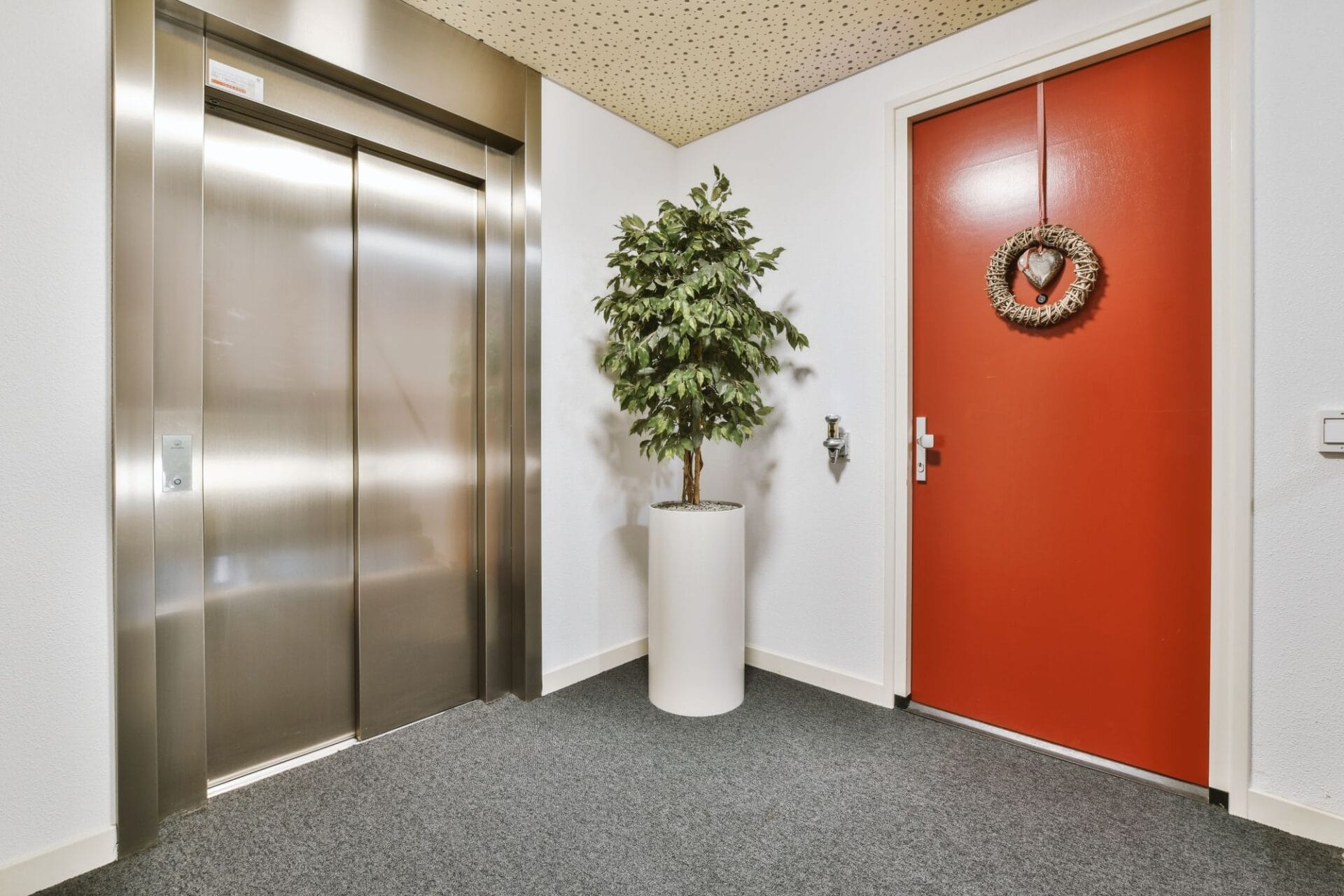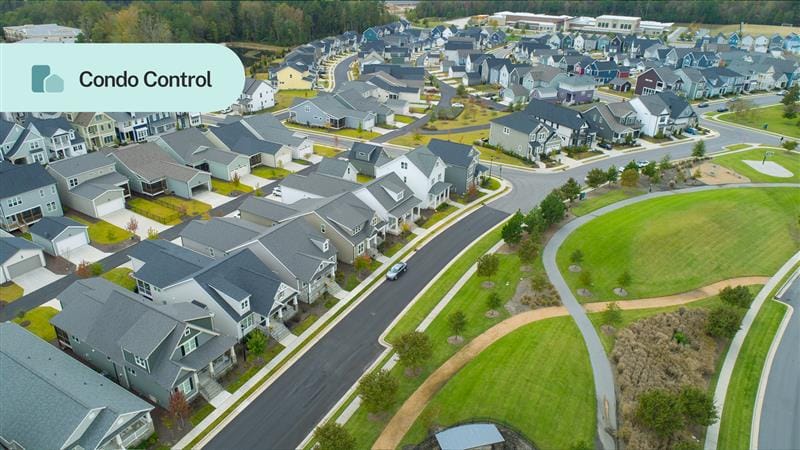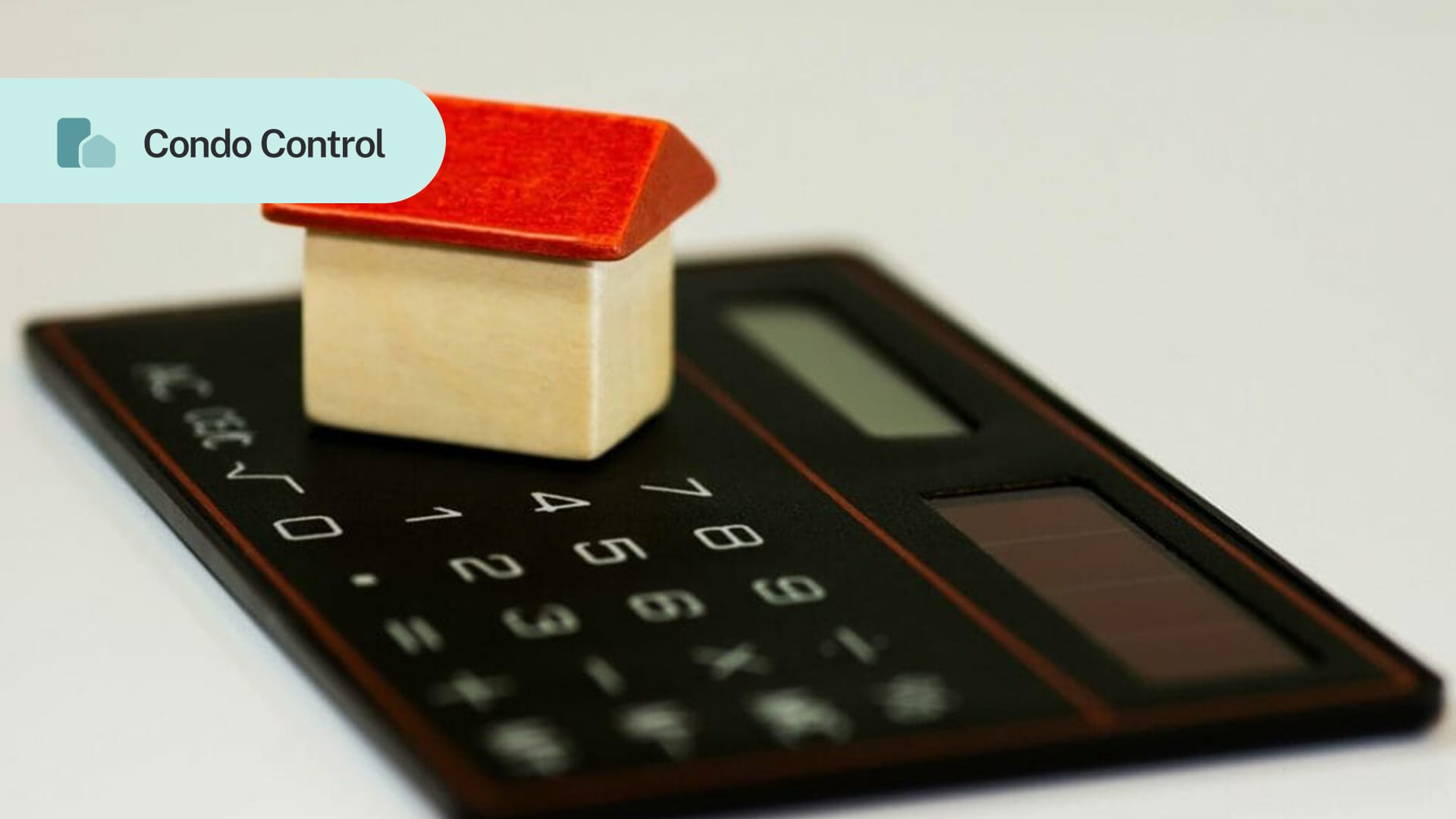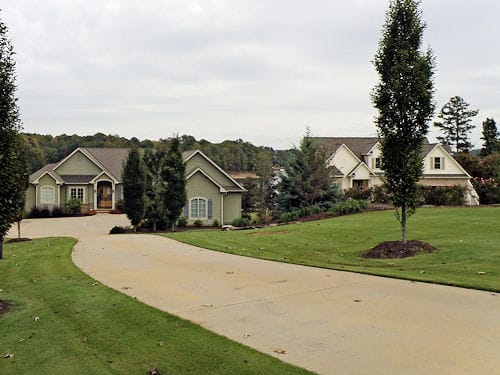How do you increase owner satisfaction from an average 6/10 to a perfect 10/10? The change won’t happen overnight, but it is possible with a structured plan and practical tools.
According to the Foundation for Community Association Research, 38% of owners are satisfied with their association. That number has increased from 2018 (34%) but dropped slightly from 2020 (39%).
In this article, we will explore how HOA software can bring satisfaction levels up, while also giving management a productivity boost.
Table of contents
Prioritizing the owner experience
Managers and board members work hard to ensure homeowners associations have adequate funding, good workflow processes and rules that create a safer and more enjoyable living environment. But owner satisfaction isn’t always a top priority.
It’s easy to forget why owner satisfaction matters with all of the other responsibilities you are given, however, association leaders should remember that the more unhappy owners are, the more they are going to complain. And when you are in charge of resolving issues, you’re going to end up with more work.
Conversely, you will hear less from happy owners, and may even find that they’re willing to be more involved in HOA matters. Furthermore, it’s owners who are paying for operations and maintenance, so it only makes sense to keep their wants and needs in the foreground.
What makes owners happy?
A small-scale study was conducted in 2023 to find out which cities in the U.S. had the best and the worst HOAs. The findings were based on feedback from owners who voluntarily submitted information to a review site. While this is not a truly accurate representation of the highest and lowest-ranked associations in the U.S., it does provide some honest insights as to what owners like and dislike.
Low-scoring HOA reviews mention fees being increased without a cap every year, price gouging for required exterior services, constant unresponsiveness when it came to owner issues, and neglected common areas.
High-scoring HOA reviews state that their HOAs went above and beyond when it came to maintenance, response times, educating owners on rules (and the reasons for the rules), and minimal paperwork for requests.

Owners may not explicitly mention software when listing the things that make them happy, but it does help address many of the problems that slow HOAs down and lower satisfaction rates.
Benefits of HOA software
Almost any HOA can benefit from software, but it tends to make more of an impact for mid-sized and large HOAs. There more people there are to care for, the harder it is to keep up with tasks.
HOA software is extremely dynamic, and can scale as needs grow and evolve. Some communities just need a program for accounting, while others invest in more comprehensive programs that streamline or improve communications, online payments, bookings, rule enforcement, vendor management, etc. These solutions reduce the workload for staff and management, often speed up things like maintenance and response times, and give owners access to the features or information they want the most.
So, if software is so great, why doesn’t every association use it? There are generally two things that prevent HOAs from trying it; costs and concern about ease of use.
When it comes to costs, we would encourage HOAs to think about the time and money they will save when they implement the software. Not only will they reduce money spent on labor hours, but they have the potential to reduce print and mailing expenses, and increase revenue from paid amenities and guest parking. You can click here to get an idea of how much money and time your HOA could save with Condo Control.
As for ease of use, some platforms will be easier to grasp than others. But many software systems today are designed with “non-tech savvy” users in mind. If they can use social media, they can use a program like Condo Control.
Below are just some of the ways that software improves experiences for managers, boards and residents.
Management
- Oversee all portfolios from one platform
- Integrate existing software like QuickBooks with HOA management software to eliminate the need for double data entry and reduce human errors
- Send information, notices, and reminders to owners via email, text or voice message
- Manage service and maintenance requests online. Owners who make submissions automatically receive updates made to requests
- Solicit bids, create jobs and pay vendors online to complete maintenance work in less time
- Collect fees online instead of asking owners to write checks
- By automating tasks, your team has more valuable time to focus on issues that software can’t fix
Board members
- Upload and share financial reports, governing documents, forms, and more in a secure document storage area. Remove barriers that prevent owners from accessing the items they need
- Improve the HOA’s cash flow with online payments. These payments are processed more quickly, giving the association the ability to commence important work sooner
- Board members can review all types of reports to determine what types of requests are submitted the most, how many owners are opening emails, and how quickly staff are handling responsibilities
- Board members are owners too! They will also enjoy all of the benefits extended to owners who are not members of the board
Owners
- Self-serve options give owners the freedom to book amenities, submit service requests, secure visitor parking, and more, all on their own
- Online payments are faster and more convenient. In some cases, auto payments can be set up so they never have to think about when fees are due
- A user-friendly mobile app enables owners to stay connected to their community no matter where they are
- Residents can use software 24/7, meaning they can submit new requests or review documents outside of office hours. As a result, repairs are addressed sooner, owners are less likely to break rules, and fewer questions are submitted to staff
- The flow of communication is improved, meaning owners can make more informed choices and be more involved with HOA business
Conclusion
One of the best benefits of HOA software is that it works for owners as well as staff and management. It helps improve communication between parties by providing different communication channels and instant delivery of messages.
Owners are also given quick and easy access to documents and forms, and they can take care of payments with less hassle. As a result, the workload is reduced for boards and managers, and they receive fewer complaints.
HOA software may appear to be a little overwhelming, but many platforms are surprisingly user-friendly. They do not have a steep learning curve – and there is usually a support team available if anyone runs into trouble.
Finally, in addition to maximizing owner satisfaction, HOA software can reduce costs and/or increase revenue for your association. As costs increase and communities revise budgets, HOAs may find that software is no longer a luxury, but a necessity.























